.jpg)
Introduction
Industrial pipelines play a crucial role in many industries, including oil and gas, chemical processing, and water distribution. However, these pipelines are prone to leaks, which can lead to significant damage and potential safety hazards. Detecting leaks in industrial pipelines is crucial to prevent accidents, minimize environmental impact, and ensure the efficient operation of the systems. In this article, we will explore the importance of leak detection in industrial pipelines and discuss various methods used for leak detection.
The Importance of Leak Detection
Preventing Accidents and Ensuring Safety
Leakages in industrial pipelines can pose significant safety risks. When flammable or hazardous substances leak, they can cause fires, explosions, and toxic exposure, endangering both human life and the environment. By promptly detecting and repairing leaks, companies can prevent accidents and ensure the safety of personnel and surrounding communities.
Minimizing Environmental Impact
Leakages from industrial pipelines can lead to environmental pollution, especially in the case of oil, chemical, or wastewater leaks. These leaks can contaminate soil, groundwater, and nearby bodies of water, causing damage to ecosystems and wildlife. Detecting leaks early on allows for quick containment and mitigation measures, minimizing the environmental impact and potential cleanup costs.
.jpg)
Preserving Resources
Leaks in industrial pipelines result in the loss of valuable resources, such as water, oil, or gas. Detecting and repairing leaks promptly helps conserve these resources, reducing waste and optimizing production efficiency. It also contributes to cost savings for the companies operating the pipelines.
Methods of Leak Detection
Visual Inspection
Visual inspection involves physically inspecting pipelines for visible signs of leaks, such as wet spots, stains, or damaged sections. While this method can be effective for detecting obvious leaks, it may not be suitable for detecting smaller or hidden leaks.
Pressure Testing
Pressure testing involves pressurizing the pipeline and monitoring for drops in pressure, which indicate the presence of leaks. This method can be performed using water, air, or inert gases. Pressure testing is commonly used during initial pipeline installation and can also be performed periodically to ensure ongoing integrity.
Ultrasonic Leak Detection
Ultrasonic leak detection utilizes specialized equipment to detect high-frequency sound waves produced by leaking fluids or gases. These sound waves are typically above the range of human hearing and can be picked up by ultrasonic sensors. Ultrasonic leak detectors are effective for identifying leaks in pressurized systems and can pinpoint the exact location of the leak.
Thermal Imaging
Thermal imaging cameras can detect leaks by detecting temperature differentials caused by the escaping fluid. This method is particularly useful for detecting leaks in underground or concealed pipelines. By capturing thermal images, operators can identify areas of abnormal heat patterns, indicating the presence of a leak.
.jpg)
Gas Detectors
Gas detectors are specialized devices designed to detect the presence of specific gases, such as natural gas or hazardous chemicals. These detectors can be used to continuously monitor gas pipelines for leaks. When a gas leak is detected, the detector alerts operators, allowing them to take immediate action.
Fiber Optic Sensing
Fiber optic sensing technology involves installing fiber optic cables along the length of the pipeline and monitoring changes in light signals transmitted through the cables. When there is a leak, the fiber optic sensors detect changes in light reflection or absorption, indicating the location of the leak.
Leak Detection Services
Many companies offer professional leak detection services that utilize advanced technologies and techniques to detect and locate leaks in industrial pipelines. These services often combine a combination of methods, including visual inspection, pressure testing, acoustic monitoring, and thermal imaging, to provide comprehensive leak detection services.
Conclusion
Detecting leaks in industrial pipelines is of paramount importance for ensuring safety, minimizing environmental impact, and preserving resources. By employing various methods such as visual inspection, pressure testing, ultrasonic leak detection, thermal imaging, gas detectors, fiber optic sensing, and utilizing professional leak detection services, companies can mitigate the risks associated with leaks and maintain the integrity of their pipelines. Regular and thorough leak detection practices should be implemented to prevent accidents, protect the environment, and optimize operational efficiency.
What are the common causes of leaks in industrial pipelines?
Are there any regulatory requirements for leak detection in industrial pipelines?
Note: The above content is provided for informational purposes only and does not constitute professional advice.



